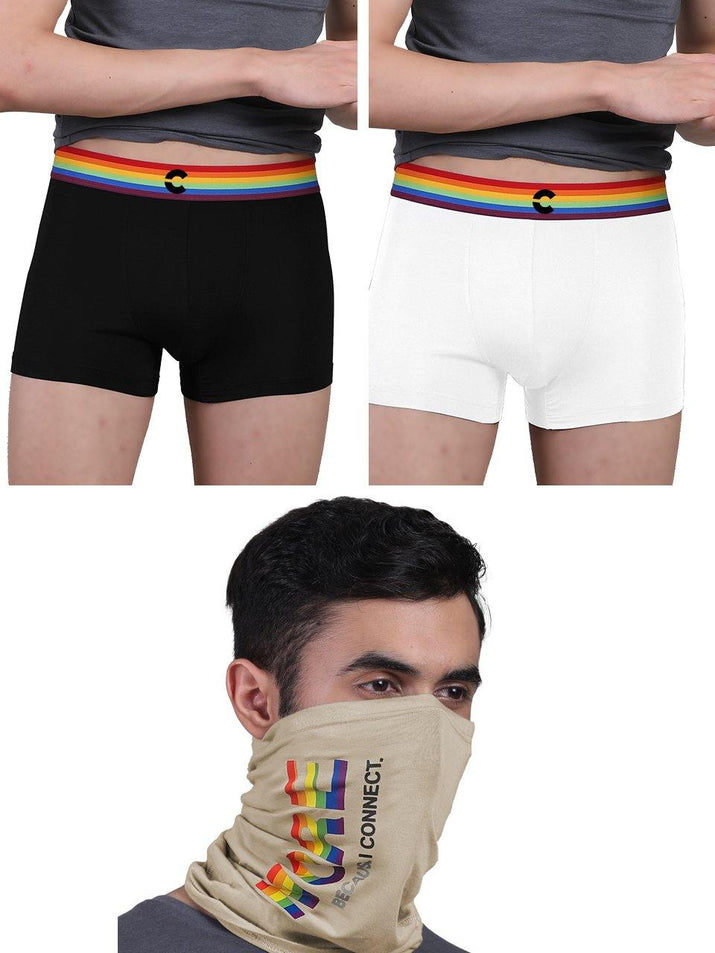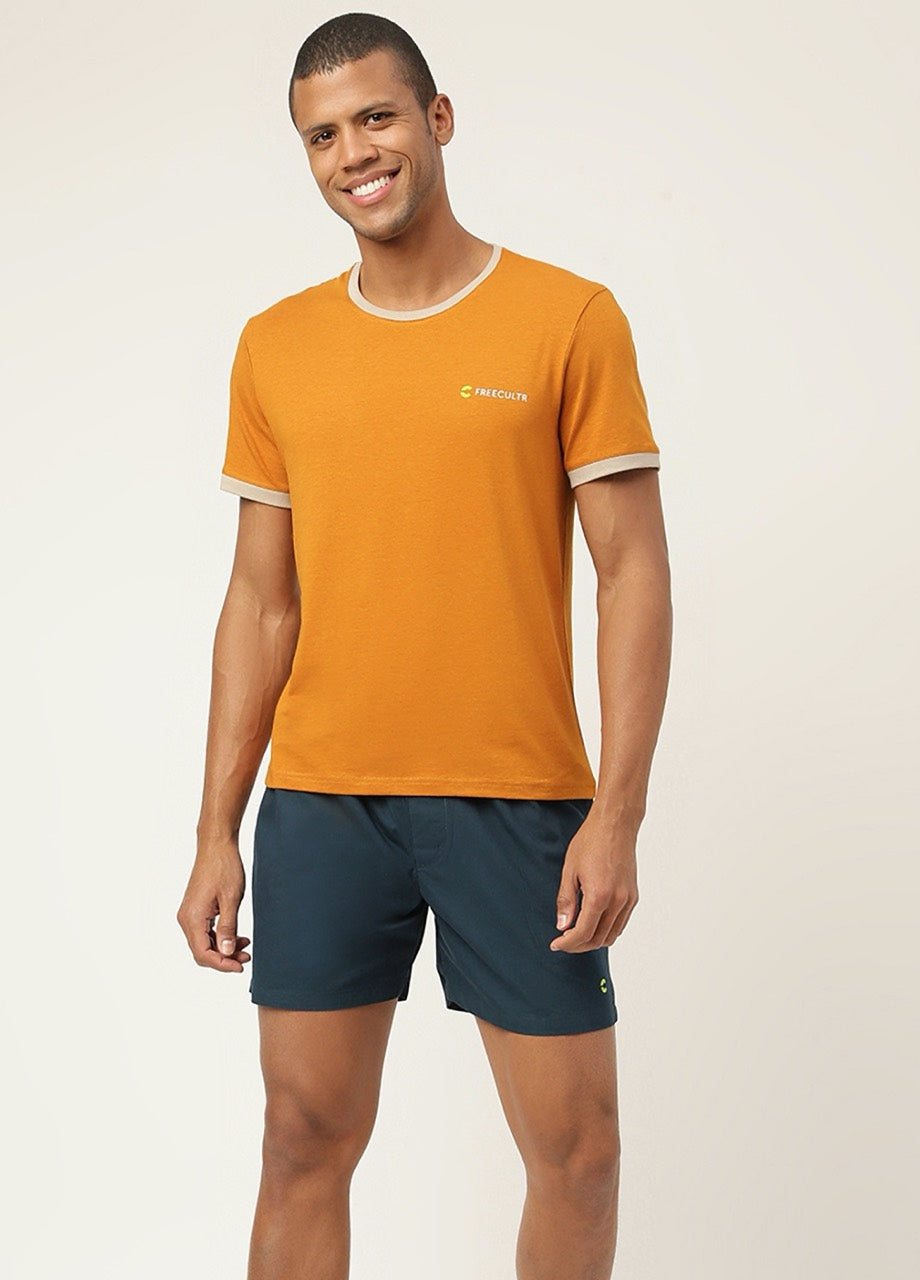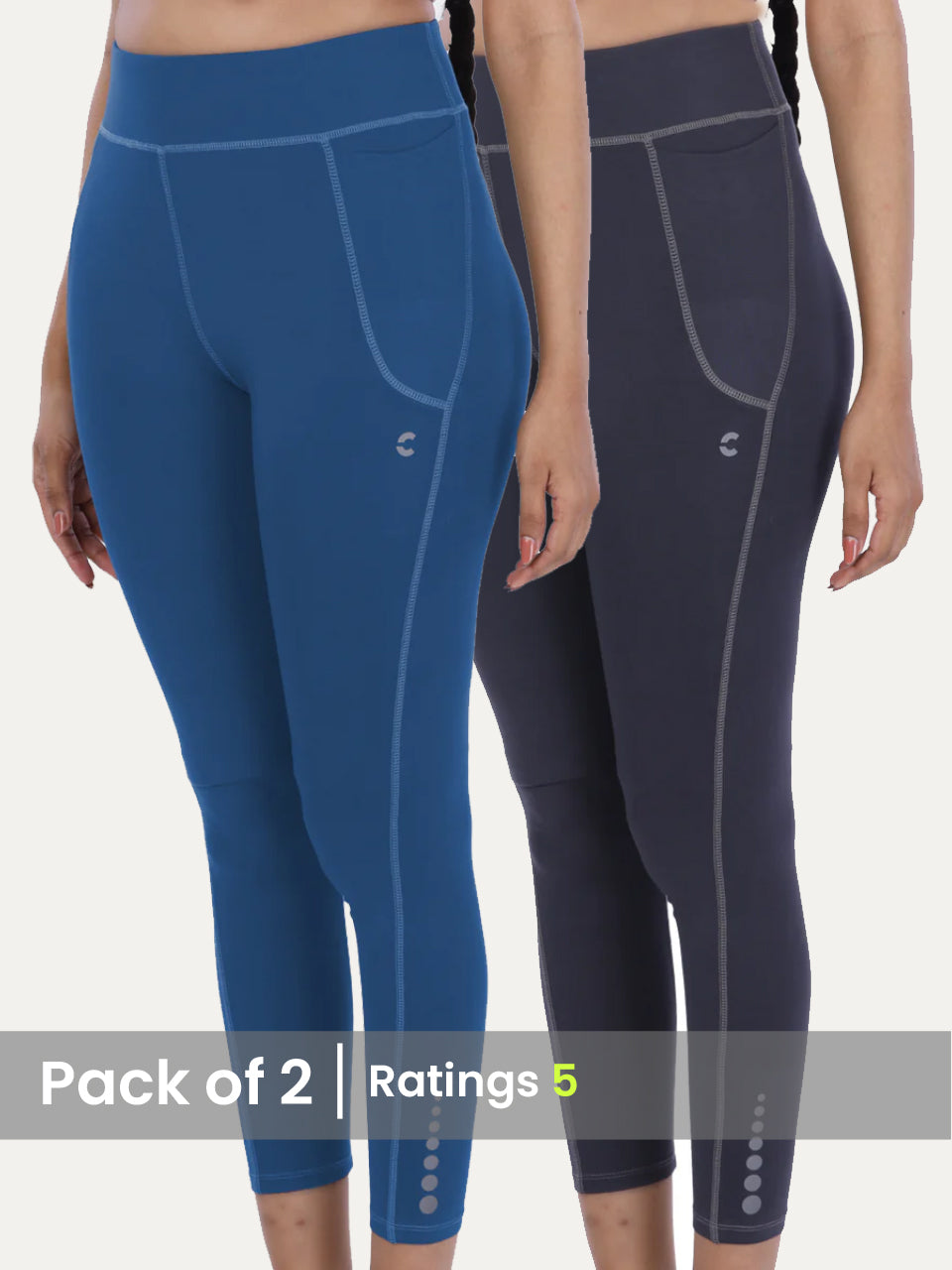The bandana, a quintessential 22-inch square of woven cotton or silk, transcends its humble origins as a practical utility item for cowboys and outdoor laborers. Its enduring design, often featuring intricate paisley or geometric patterns, has propelled it into a global fashion phenomenon. Recent trends highlight its integration into haute couture collections and sustainable fashion movements, alongside its continued prominence in streetwear and as a versatile, gender-neutral accessory. This seemingly simple textile offers boundless styling possibilities, from a classic neckerchief or headwrap to a wrist accent or even a personalized bag charm, demonstrating its remarkable adaptability across every look and occasion.

The Enduring Legacy of the Bandana
The humble bandana, a seemingly simple square of cloth, boasts a rich and fascinating history that spans centuries and continents. Its origins can be traced back to ancient India, where the term "bandhnu" referred to a traditional tie-dyeing technique, giving the fabric its distinctive patterned appearance. From these vibrant beginnings, the bandana embarked on a global journey, transforming from a practical utility item into a powerful cultural symbol and a ubiquitous fashion accessory. Early iterations of the bandana were often used by laborers, farmers. Sailors as a protective covering from sun, dust. Sweat. Its durability and absorbency made it an indispensable tool for those working outdoors. As trade routes expanded, the bandana found its way to Europe and then to the Americas, where it became an iconic part of the American West, synonymous with cowboys, outlaws. Pioneers who relied on it for everything from dust masks to makeshift bandages. Through the industrial revolution, it served as a practical item for factory workers, famously exemplified by "Rosie the Riveter" and her red polka-dot bandana, symbolizing female empowerment and resilience. This enduring adaptability is a testament to the bandana's fundamental design and functionality, allowing it to seamlessly integrate into countless historical and contemporary contexts.What is a Bandana? Understanding Its Core Elements
At its most fundamental, a bandana is typically a square piece of fabric, usually measuring around 20x20 inches (50x50 cm), though variations exist. Its simplicity belies its incredible versatility.- Materials The most common material for a bandana is cotton, prized for its breathability, absorbency. Durability. But, bandanas are also crafted from other fabrics such as silk, offering a more luxurious feel and elegant drape, or synthetic blends like polyester, which are often chosen for their vibrant color retention and quick-drying properties, making them ideal for athletic or outdoor use.
- Patterns While solid-colored bandanas are available, the most recognizable and historically significant pattern is paisley. This intricate, curvilinear design originated in ancient Persia and India and became widely popular on bandanas in the Western world during the 18th and 19th centuries. Other common patterns include polka dots, stripes, checks. Various novelty prints, allowing for endless personalization.
- Construction A classic bandana is typically hemmed on all four sides to prevent fraying, ensuring its longevity and neat appearance. The fabric is often lightweight, making it comfortable to wear in various climates and easy to fold or tie in numerous ways.
More Than Just a Headscarf: Versatile Uses of the Bandana
The true genius of the bandana lies in its unparalleled versatility. Far from being limited to a single purpose, a single bandana can transform an outfit, provide practical utility, or even serve as an emergency tool.Styling Applications:
- Hair Accessory This is perhaps the most iconic use. A bandana can be folded into a headband to keep hair out of the face, tied around a ponytail or bun for a chic accent, or even used as a full head wrap for a bohemian or protective style. For instance, I once used a vibrant blue bandana to quickly style my hair for an unexpected video call, instantly adding a polished touch without much effort.
- Neck Accessory Worn as a classic neckerchief, an ascot, or simply tied loosely around the neck, a bandana adds a touch of casual elegance or rugged charm. It can be a subtle pop of color or a bold statement piece depending on the pattern and how it's tied.
- Wrist or Arm Accent Tying a bandana around the wrist or upper arm offers a cool, rebellious vibe, or simply a splash of color. It's a popular choice for concerts and festivals.
- Bag Embellishment Don't limit your bandana to your person! Tying one to the strap or handle of a handbag or backpack can instantly elevate its look, adding personality and a unique flair.
- Fashion Statement Beyond direct wearing, a bandana can be used as a pocket square in a blazer, woven through belt loops as an alternative belt, or even tied around the ankle for a subtle, unexpected detail.
Practical Applications:
- Sweatband Its absorbent nature makes a cotton bandana an excellent sweatband for workouts, hiking, or any strenuous activity.
- Dust Mask/Face Covering In dusty environments or as a quick face covering, a bandana can offer basic protection against airborne particles.
- Emergency Aid In a pinch, a clean bandana can serve as a makeshift bandage, tourniquet, sling, or even a filter for straining water (though not for purification). Its durability makes it surprisingly useful in survival situations.
- Cleaning Cloth For campers or travelers, a bandana can double as a quick cleaning cloth for glasses, camera lenses, or surfaces.
- Pot Holder/Trivet Around a campfire, a folded bandana can protect hands from hot handles or surfaces.
The Bandana Across Cultures and Subcultures
The bandana's journey through history has imbued it with diverse meanings and associations across various cultures and subcultures. It’s a fascinating example of how a simple object can carry significant symbolic weight.- American West As mentioned, the bandana is iconic in cowboy culture, representing resilience, adventure. The rugged individualism of the frontier. It was essential for protection against dust and sun on long cattle drives.
- Workwear and Activism The red polka-dot bandana famously worn by "Rosie the Riveter" during World War II became a powerful symbol of women in the workforce and their contribution to the war effort. Similarly, workers and activists have used the bandana to signify solidarity or to cover faces during protests.
- Music and Counter-Culture From rock and roll legends like Axl Rose to hip-hop icons like Tupac Shakur, the bandana has been embraced by musicians as a statement of identity and rebellion. It became a staple in various counter-culture movements, signifying non-conformity and a unique sense of style.
- Gang Affiliation (Historically) It's essential to acknowledge that in certain contexts, particularly in urban areas, specific colors or ways of wearing a bandana have been unfortunately associated with gang affiliation. This highlights how a universal item can adopt highly localized and specific meanings. But, for the general public, this association is far less prevalent than its broader fashion and utility uses.
- Sports and Athletics Athletes often wear bandanas as sweatbands or simply as part of their athletic gear, blending practicality with a distinctive look.
Choosing Your Perfect Bandana: Material, Pattern. Size
Selecting the right bandana involves considering its intended use, desired aesthetic. Personal comfort. The primary factors are material, pattern. Size.Comparison of Common Bandana Materials:
| Material | Characteristics | Best For |
|---|---|---|
| Cotton | Breathable, absorbent, durable, soft with wear, classic feel. | Everyday wear, casual styling, practical uses (sweatband, dust mask), classic looks. |
| Silk | Luxurious, smooth, soft, elegant drape, gentle on hair/skin. | Formal or dressy occasions, adding sophistication, hair protection (reduces friction). |
| Polyester/Synthetics | Vibrant colors, quick-drying, often wrinkle-resistant, sometimes more structured. | Athletic activities, outdoor adventures, bold fashion statements, durability in harsh conditions. |
Pattern and Size Considerations:
- Patterns
- Paisley The quintessential bandana pattern. Highly versatile, suitable for both casual and slightly more dressed-up looks. It adds a touch of classic Americana.
- Solid Colors Ideal for minimalist styles or when you want the bandana to complement an outfit without competing with other patterns. Perfect for a chic, understated necktie or hair wrap.
- Novelty Prints For those who love to express their personality, bandanas with unique graphics, abstract designs, or pop culture references are excellent choices. They make a statement and add a playful touch.
- Polka Dots/Stripes Timeless and versatile, these patterns offer a slightly different aesthetic to paisley, often lending a retro or preppy feel.
- Size
- Standard (approx. 20x20 inches) This is the most common size and is highly versatile for most uses – headbands, neckerchiefs, wrist ties.
- Larger (e. G. , 22x22 inches or more) Some bandanas are slightly larger, offering more fabric for more elaborate head wraps, full face coverings, or unique tying styles.
- Smaller (e. G. , 18x18 inches or less) These might be better suited for children, small wrist accents, or as pocket squares where less bulk is desired.
Mastering the Art of Bandana Styling: Actionable Tips
The beauty of the bandana lies in its simplicity and the endless ways it can be folded and tied. Here are some actionable tips and popular styling methods to get you started, transforming a simple square of fabric into a key element of your personal style.The Classic Headband Fold:
1. Lay the bandana flat on a clean surface. 2. Fold one corner to the opposite corner to form a triangle. 3. Starting from the longest edge of the triangle, begin folding or rolling the fabric inward, creating a strip about 1-2 inches wide. 4. Once rolled, place the center of the strip against your forehead or the back of your head (depending on desired look). 5. Bring the ends together and tie them in a double knot, either at the nape of your neck (for a forward-facing headband) or at the top/side of your head (for a more visible knot).
This method is perfect for keeping hair out of your face during workouts, adding a casual flair to an everyday outfit, or even for a retro-inspired look. The Chic Neck Tie:
1. Lay the bandana flat and fold it diagonally to form a triangle. 2. Roll or fold the triangle from the pointed end towards the longest edge, creating a slim, elegant strip. 3. Place the center of the strip at the front of your neck. 4. Bring the ends around to the back of your neck. 5. Cross the ends over each other, then bring them back to the front. 6. Tie a neat square knot or a small bow at the front or slightly to the side.
This styling can elevate a simple t-shirt and jeans, adding a touch of Parisian chic or a sophisticated edge. For a more rugged look, you can tie the knot at the back, leaving the "V" of the triangle visible at the front. The Wrist Wrap:
1. Fold the bandana into a thin strip (as for the headband). 2. Wrap the strip around your wrist a couple of times, depending on the length and desired bulk. 3. Tie a simple knot to secure it, leaving the ends dangling or tucking them in.
This is a fantastic way to add a pop of color or pattern to an otherwise monochromatic outfit, or to show off a favorite bandana. Tips for Securing Your Bandana:
- Hairpins If using a bandana as a hair accessory, a few strategically placed hairpins can prevent it from slipping, especially with silkier fabrics.
- Double Knots Always use a double knot to ensure your bandana stays put, whether around your neck, wrist, or head.
- Hair Ties (for ponytails) If tying a bandana around a ponytail, first secure the ponytail with a regular hair tie, then tie the bandana over it for extra security and a polished finish.
Care and Longevity of Your Bandana Collection
To ensure your bandana remains a timeless accessory and lasts for years, proper care is essential. The specific care instructions largely depend on the material of your bandana.Washing Instructions by Material:
- Cotton Bandanas
- Machine Wash Most cotton bandanas can be machine washed in cold water with similar colors. Using cold water helps prevent shrinking and fading.
- Gentle Cycle Opt for a gentle cycle to protect the fabric's integrity.
- Mild Detergent Use a mild, color-safe detergent.
- Drying Tumble dry on low heat or, ideally, air dry by laying flat or hanging to prevent excessive wrinkling and reduce wear.
- Silk Bandanas
- Hand Wash Preferred Silk is delicate. Hand washing in cool water with a small amount of mild silk-specific detergent or baby shampoo is recommended.
- Avoid Twisting/Wringing Gently squeeze out excess water; do not wring or twist, as this can damage the fibers.
- Drying Lay flat on a clean towel or hang to air dry away from direct sunlight, which can fade colors.
- Professional Cleaning For valuable or intricately designed silk bandanas, dry cleaning is often the safest option.
- Polyester/Synthetic Bandanas
- Machine Wash These are generally more robust. Machine wash in cool or warm water.
- Drying Tumble dry on low or air dry. Polyester dries quickly.
- Avoid High Heat High heat can damage synthetic fibers, cause shrinking, or affect color vibrancy.
Ironing and Storage Tips:
- Ironing
- Cotton Iron on a medium-hot setting, preferably while slightly damp, to remove wrinkles and achieve a crisp finish.
- Silk Iron on the lowest heat setting (silk setting) while slightly damp, on the reverse side. Use a pressing cloth if unsure.
- Polyester Iron on a very low heat setting, or use a steamer. High heat can melt or damage the fabric.
- Storage
- Flat or Rolled Store bandanas either neatly folded flat or rolled to prevent deep creases.
- Drawer/Box Keep them in a drawer or a dedicated accessory box to protect them from dust and snagging.
- Avoid Direct Sunlight Store away from prolonged direct sunlight to prevent colors from fading over time.
Conclusion
The bandana, far from being just a simple piece of fabric, stands as a truly timeless and incredibly versatile accessory, capable of transforming any look with minimal effort. Its enduring appeal lies in its adaptability, effortlessly bridging gaps between different styles and occasions. For instance, tying a vibrant paisley bandana around a simple ponytail instantly elevates a casual outfit, while a sleek silk one adds a touch of sophistication when knotted loosely around the neck, a subtle nod to current quiet luxury trends. My personal tip? Don't be afraid to experiment beyond the obvious. I recently started using a small, patterned bandana as a wrist accent, almost like a bracelet, which adds an unexpected pop of color and personality to my everyday wear. It’s a low-commitment, high-impact way to express yourself. As we've seen with recent celebrity styling and runway interpretations, the bandana is making a strong comeback, proving its power to inject individuality and flair into modern wardrobes. So, grab a bandana, explore its endless possibilities. Let it be the simple yet profound statement piece that truly reflects your unique style.More Articles
Men's Bandana – Versatile Style & Practical ProtectionWomen's Tank Top – Flattering Fit & Core Wardrobe Essential
Tank Top – Lightweight Feel & Everyday Versatility
Tees – Everyday Comfort & Effortless Style
FAQs
What exactly is a bandana?
A bandana is essentially a square piece of fabric, most commonly made of cotton, that comes in various patterns, with paisley being the most iconic. It's incredibly versatile and can be used in countless ways, from a head covering to a necktie.
How can I style a bandana? Give me some creative ideas!
There are so many ways to rock a bandana! You can fold it into a headband, tie it around your neck like a scarf, wrap it around your wrist, use it as a chic accent on your handbag, or even tie it around your ponytail. It's perfect for adding a pop of color or pattern to any outfit.
Are bandanas only for super casual outfits, or can they be dressed up a bit?
While they're a go-to for laid-back looks, bandanas are surprisingly adaptable. A silk bandana can elevate a business casual outfit. Even a classic cotton one can add a touch of personality to a simple dress or blazer. It really depends on the material and how you choose to style it.
What kind of fabric are bandanas usually made from?
Most traditional bandanas are crafted from 100% cotton, which makes them soft, absorbent. Durable. But, you can also find them in luxurious silk for a more elegant feel, or various blends for different textures and drapes.
How do I take care of my bandana to keep it looking good?
Good news, they're generally low maintenance! Most cotton bandanas can be machine washed with similar colors in cold water and tumble dried on low. For silk ones, hand washing or dry cleaning is usually recommended to maintain their luster and shape.
Can guys wear bandanas too, or are they more for women?
Absolutely, bandanas are totally unisex! Men often wear them as headbands, neckerchiefs, or tied around their wrists. They're a classic accessory for anyone looking to add a bit of flair or practicality to their look, regardless of gender.
Why are bandanas considered 'timeless'? What gives them such enduring appeal?
Their timelessness stems from their simplicity, versatility. Rich history. They've been worn for centuries by diverse cultures and groups – from cowboys and farmers to rock stars and fashion icons – and continue to adapt to new trends while retaining their classic charm. They truly never go out of style!






